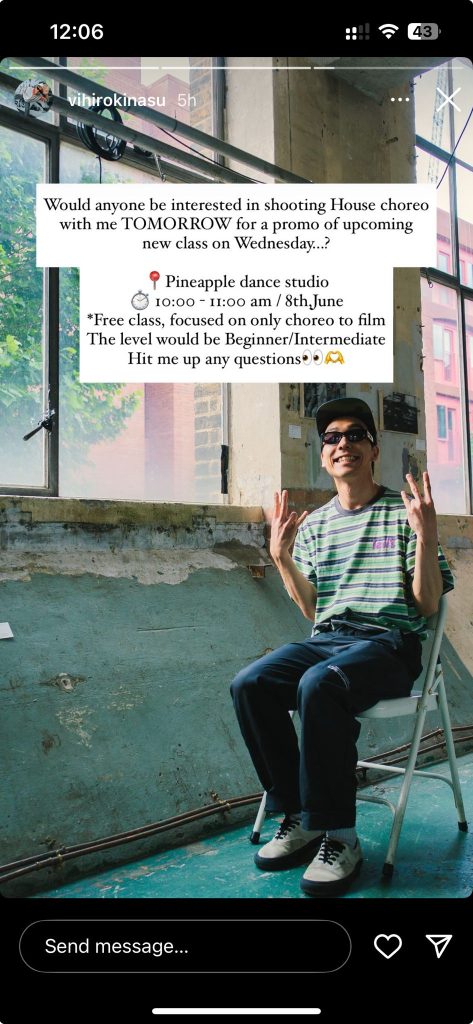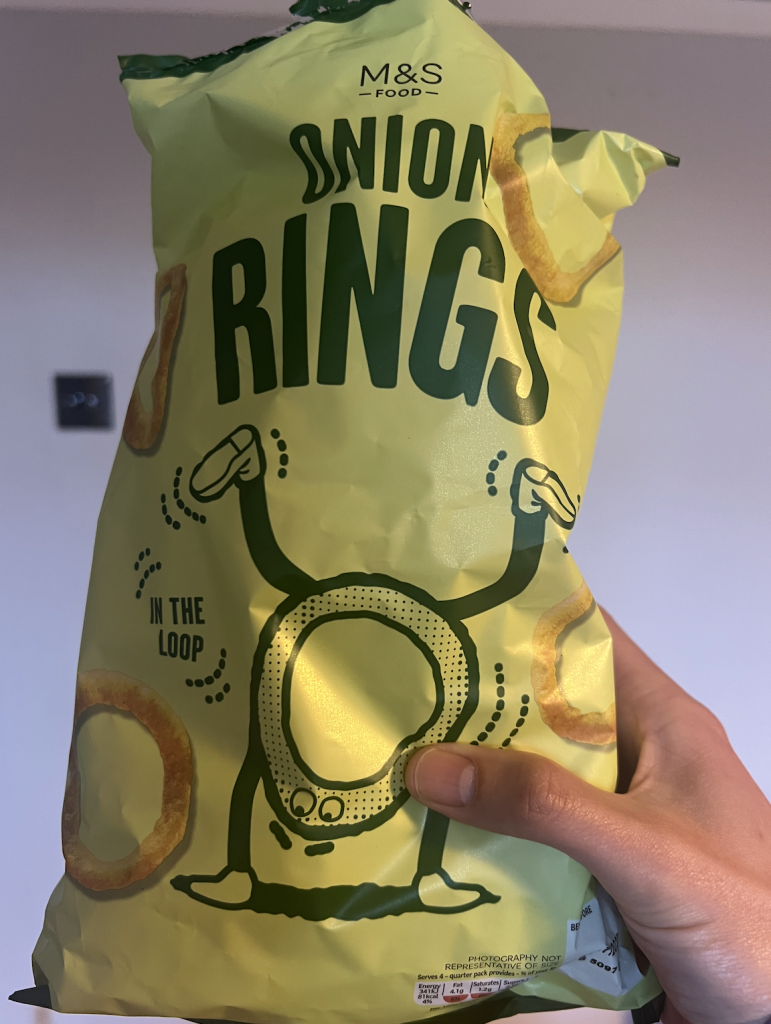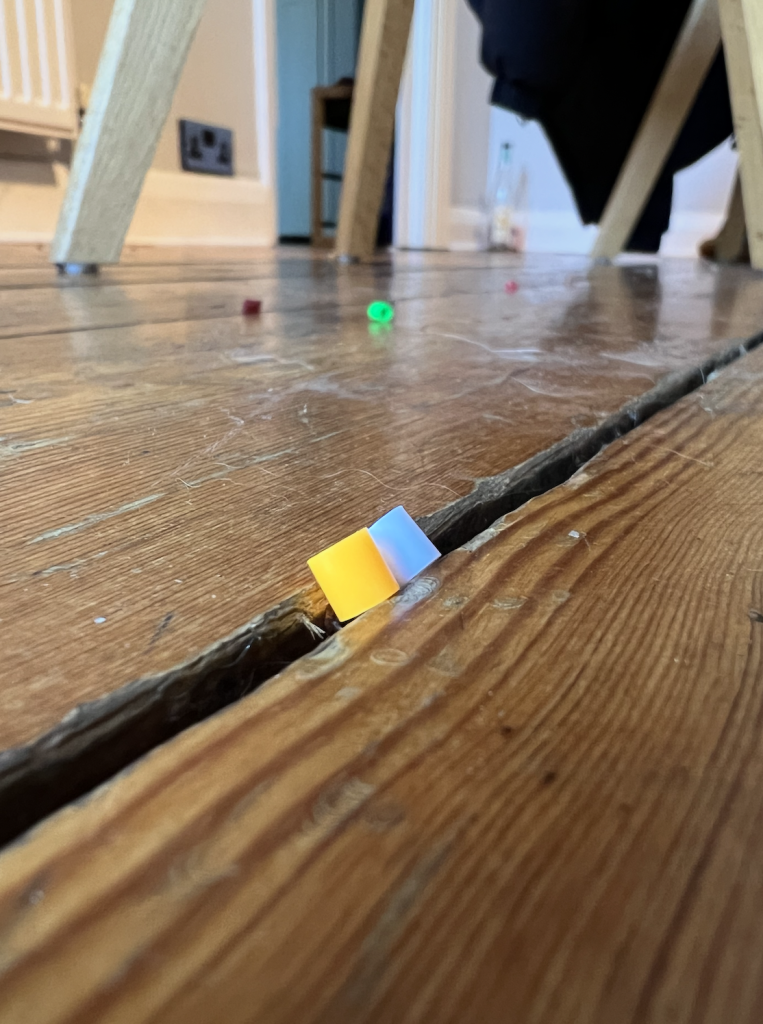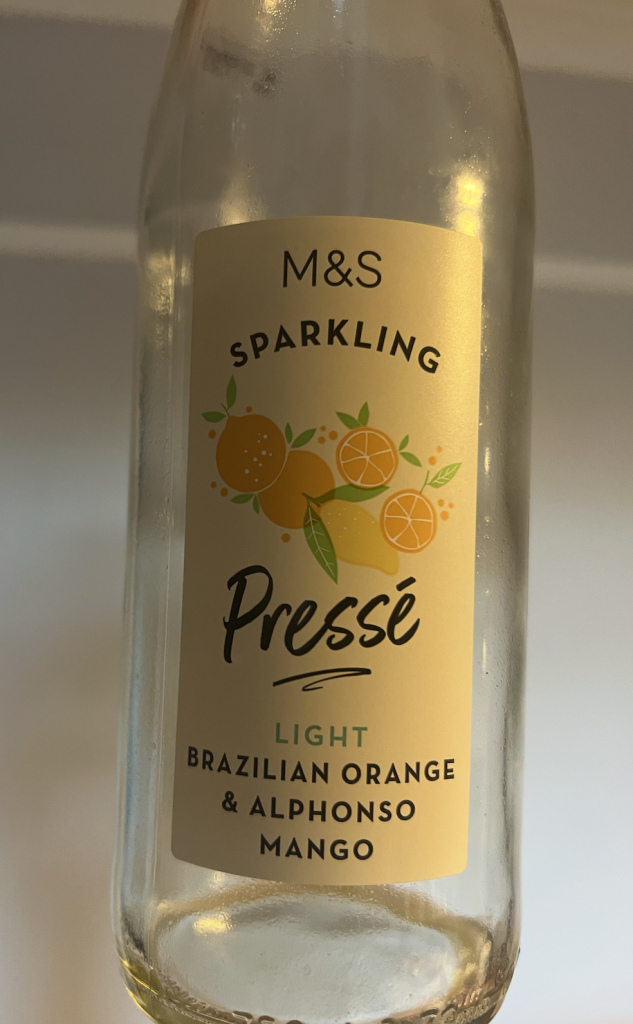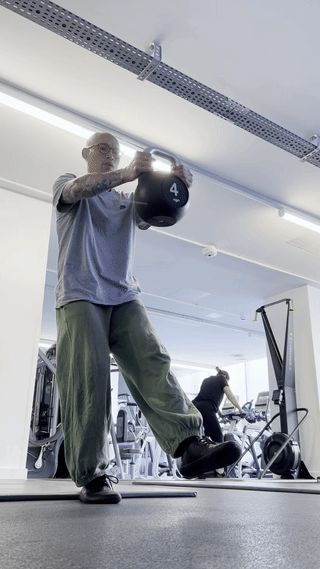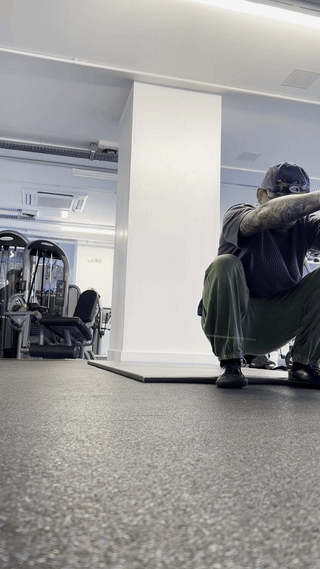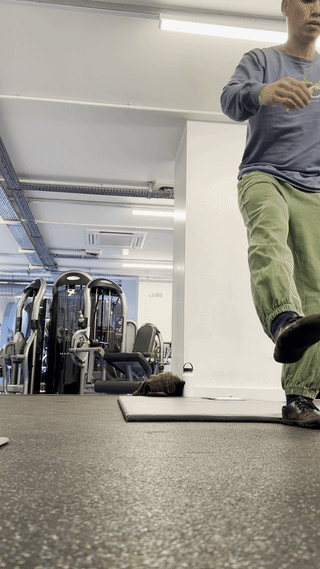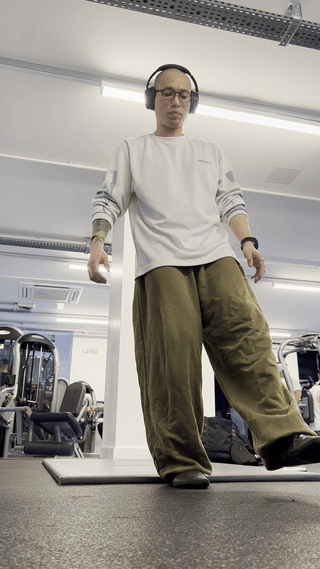On making a choice and committing
Tuesday training has been more or less running consistently every Tuesday for about 6 months now. Apart from the time period in which I was visiting the states, I’ve hosted this weekly session.
And yesterday, I considered cancelling the session on the morning of, considered refunding everyone their 4.00 GBP because my right foot developed a blister that caused me to wince even when applying the slightest amount of pressure or weight.
Although I have no doubts people would’ve totally understood and extended compassion had I cancelled the session, I feel a certain responsibility to keep the training running and at the same time, it’s a part of the day that I very much look forward to for multiple reasons.
Trying to explore other options instead of cancelling, I momentarily considered designating someone else — perhaps Aubrey — could run the session. But in the end, I made the choice and committed and satisfied with the decision.
Yesterday’s agenda
- Warm up (shake it out) – a limbering exercise that I’ve come to love and I draw inspiration from Francesa Miles, who showed me this same exercise during our 1:1. Gives me the opportunity to, at least once a week, identify tension my body holds and to release it.
- Foundation latter and repetition exercise – there’s 6 foundation steps/moves and we start with the first one, performing it for (2) 8 counts. At the end of that sequence, we tack on the second foundation for an additional (2) 8 counts, then “move back down the latter” and repeat the first foundation. We continue to stack additional moves at the end of every sequence and constantly move back up and down the latter.
- A (light) circuit – jumping jacks, lunges (for them hip flexors), partner planks, skate jumps, burpees
- Rhythm exercise #1 – we form a big large circle and each person takes a turn clapping a rhythm (for 8 counts, though we normally 4 counts) and then the rest of the crew dances and matches that rhythmic pattern
- Rhythm exercise #2 – formed groups of 3 and each person would take a turn dancing an 8-count rhythm, repeated twice, and then the rest of the observers would guess the rhythm
- Combo exercise – each person comes up with a (1) 8-count combo and then would freestyle in front of the group for about 40 seconds and during that time, inject their combo into their freestyle with objective to get other people to correctly guess their combo
- Exchange in small groups – in spirit of increasing the amount of time for people to dance, instead of a single large cypher (sometimes we still do this, when the group is small enough like 4-5), we formed 3-4 circles with 3-4 people each
On clapping for 8 counts instead of 4
Intention setting
At the beginning of every session, I ask every person attending what their intention is for joining, why they are here today, and what they might want to get out of the session. Like other previous sessions, there tends to me shared objectives and yesterday was no exception:
- Simplicity
- Turning inwards
- Breaking out of default patterns
- More expansive
- Extension
- Practice taking risks
On breaking out of default patterns
I no longer view the behavior of falling back to “default patterns” — movements that we often see people repeat in their freestyle dance — as something wrong or pathological. In my opinion, the repeated movement patterns form part of our identity. Secondarily, from a compassionate point of view, I think our patterns provide a safety mechanism, a sense of competency. Nothing wrong with that. At the same time, this implies that freeing ourselves from these default movements adds some discomfort. As such, for me, there’s a small desire to feel feelings of discomfort since that may serve as an indicator of growth.
Evaluation of my own rounds
I’m becoming less and less surprised with the fact that often, I’ll feel or think a round of mine isn’t “good” but when watching back, I’m quite pleased with what I see (of course, the inverse is true sometimes as well, where, in the moment I think it feels good yet when looking back, I cringe).
Round 2
It’s apparent to me that something is working or a combination of somethings are working: from a compositional perspective, elements of my composition have improved, most notably turns and (my desire) misdirection. These qualities are most evident in this round where, somewhat intentionally, I would deliberately disrupt the flow when performing a turn in order to redirect the turn in the opposite direction.
When watching back the video, I giggled when others playfully laughed when I performed my combo (from the previous exercise) since I had more or less, very not subtly, cued everyone that my combo was about to be injected by me clapping.
